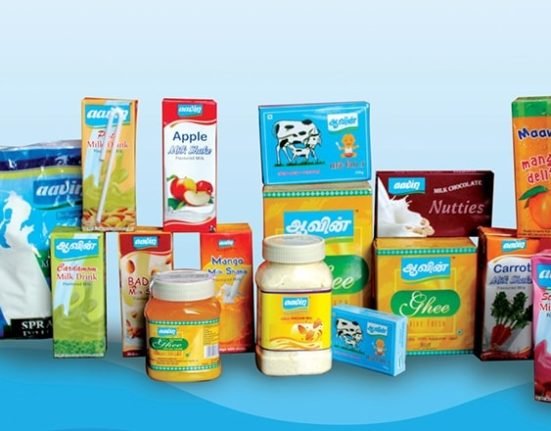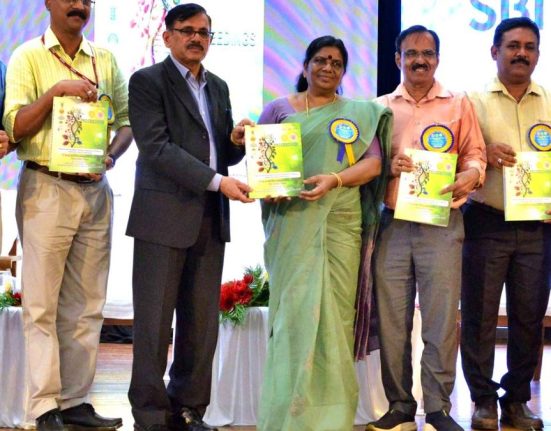The Food Safety and Standards Authority of India (FSSAI) has initiated a comprehensive surveillance study to address adulteration concerns in milk and its products. This project will cover 766 districts, aiming to collect over 10,000 samples, with results expected by December. Given milk’s cultural and nutritional significance in India, this study aims to ensure its purity and quality. This effort follows several prior interventions by the FSSAI since 2011, highlighting the ongoing challenges in maintaining milk quality and safety in India’s vast dairy sector.
The Food Safety and Standards Authority of India (FSSAI) has recently launched a comprehensive surveillance study on milk and its derivatives, signalling a renewed commitment to addressing the issue of adulteration in these products. As noted by an official from the country’s leading food safety body, this initiative extends from September to October, with a full report expected to be presented to the health ministry by December, as conveyed by FSSAI Advisor (Quality Assurance), Satyen K Panda.
India’s diverse culinary heritage hinges significantly on milk as a standalone beverage and a foundational ingredient in various processed dairy products. Given its cultural and nutritional significance, ensuring the purity and quality of milk becomes paramount.
This fresh surveillance effort aims to span 766 districts nationwide, with an ambitious target of collating over 10,000 samples. The undertaking is not unilateral. The FSSAI has collaborated with two prominent agencies to realize this vision: the Quality Council of India, an independent body aligned with the Ministry of Commerce and Industry, and the National Dairy Development Board.
The expansive survey spectrum covers milk and a range of products like khoya, chenna, paneer, ghee, butter, curd, and ice cream. The evaluation criteria are thorough, encompassing adulterants, standard quality metrics, composition, contaminants, antibiotic traces, and microbiological indicators.
It’s not just the enormity of the task but the underlying reasons for such vigilant oversight that warrant attention. Over the years, milk in India has faced numerous quality challenges, from using unauthorized additives and contaminants to deviations from accepted compositional standards. Such issues not only compromise consumers’ health but also cast a shadow on the credibility of India’s vast dairy sector.
To appreciate the gravity, one must look at FSSAI’s history of interventions. Since 2011, five distinct surveys on milk and its products have been initiated. A particularly notable study in 2022 focused on regions affected by the Lumpy Skin Disease (LSD). Moreover, to understand the holistic picture of dairy safety, especially during peak consumption times like festivals, the FSSAI orchestrated the Pan-India Milk Products Survey in 2020. This ambitious project gathered 2,801 samples from organized and grassroots sectors, spanning 542 districts. The tests ranged from checking pesticide residues and heavy metals to detecting contaminants like melamine.
While the FSSAI’s newest endeavour underscores India’s commitment to milk safety, it also underscores the intricate challenges facing the nation’s dairy landscape. Only through collaborative, sustained efforts can India ensure that its milk remains pure, nutritious, and trustworthy for its billions of consumers.







